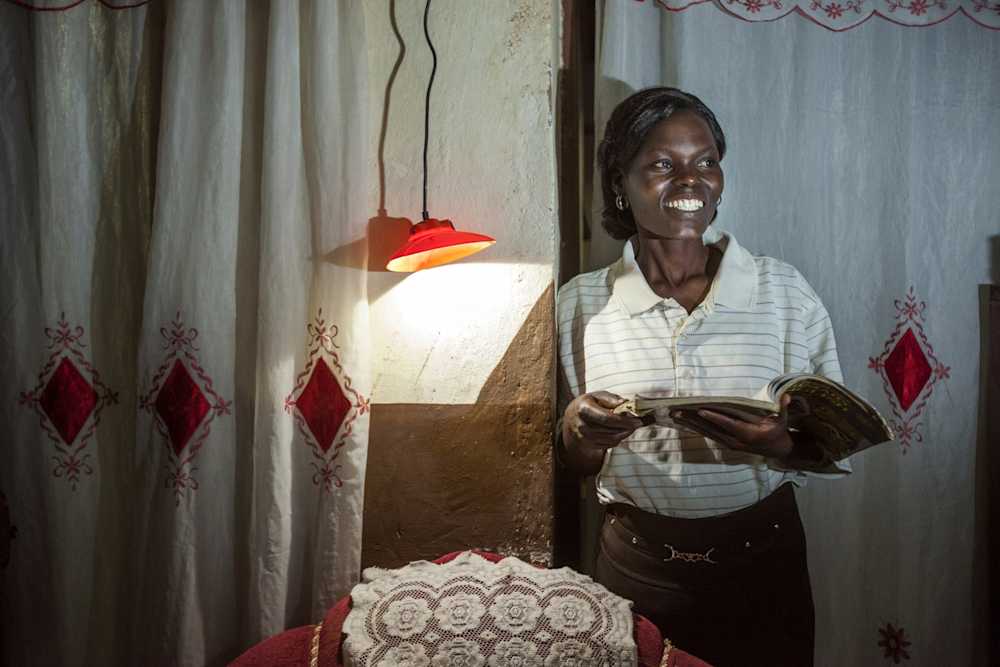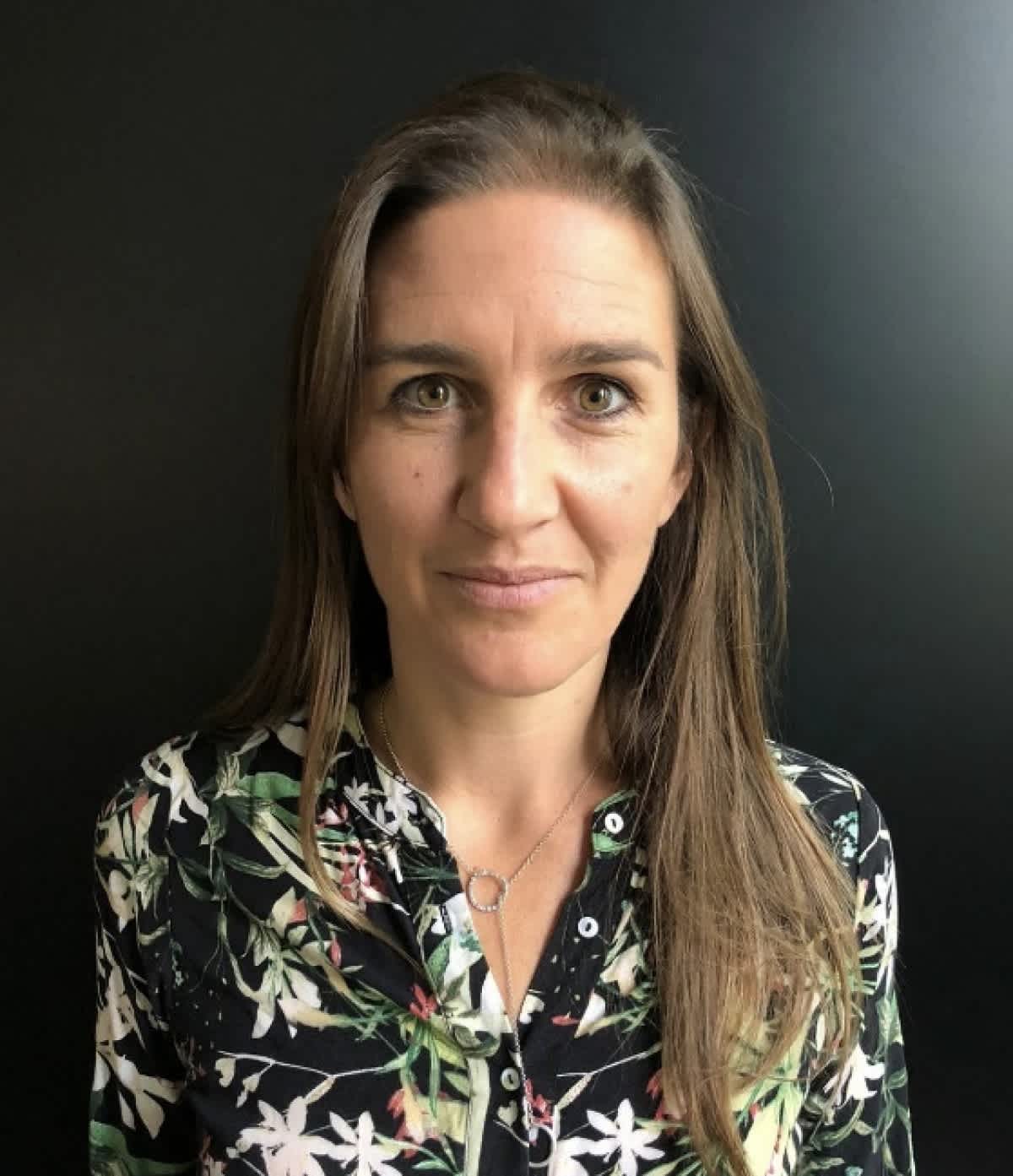Moving the gender equality needle: a personal story from the energy sector

A few years ago, I walked out of a meeting room with a male colleague, and I asked him if he realized that I was the only woman in the room of twelve people. His response was, “Did you realize I was the only person of color in the room?” Wham. I did not see that coming. My takeaway was that it is very difficult to see a deficient situation unless you yourself are directly impacted by it.
Then, last year, as I was working on a few potential deals simultaneously for one of our climate funds, and given my ten years of experience in the emerging market energy sector, it did not surprise me that there were zero female representatives in any C-suite or board level position across many of the companies I was negotiating with. However, my breaking point came after I looked at the website of one of the potential portfolio companies. There were zero females in all of the 20 or so middle and senior management faces looking back at me. I sent the link to my boss and said (joking, not joking) I’d be putting this down as a key risk in my investment proposal.
Despite more and more data being published (1) that supports the argument that diverse management teams are more effective in increasing revenues, while at the same time decreasing risk, it still seems that shockingly little action is being taken to improve the status quo. But it’s good for business. So shouldn’t we, as lenders, want to invest in lower risk entities? Shouldn’t we support willing portfolio companies to achieve this? Not to mention that supporting equality is the right thing to do.
Luckily, this moment coincided with me being contacted by the dynamic and wonderful gender advisory team at Power Africa, who introduced me to the 2X Challenge and gender-lens investing in general. They helped us to initiate the development of a gender framework to overlay on the fund by providing Technical Assistance funding and bringing on global thought-leaders (Suzanne Biegel from Catalyst at Large, and Raya Papp from Sagana) to advise us.
And responsAbility management, at all levels, have been unequivocally supportive of this initiative from the day of inception. What followed was months of reading, numerous internal and external discussions including with our portfolio companies and investors in the fund.
During our deep analysis of our portfolio, we discovered that some companies, like M-Kopa and PEG, are leading the way in gender equality within their organizations in the sector. I felt humbled by how much we, as a fund manager, have to learn from them.
Other key players in this process have been EIB and FMO who are investors in one of our climate funds, and are also members of the 2X challenge. We were, therefore, incredibly proud when this climate fund qualified for the 2X Challenge and its commitment to implementing a gender-lens was solidified via an MoU.
“So, how,” I hear you ask, “following months of analysis, have you decided to actually overlay a gender inclusive framework on your portfolio?”
As our climate fund is already an operating fund (we are currently in investment mode), we are not changing the upfront investment criteria or mandate of the fund. What we are going to do is collect what we deem to be relevant and meaningful gender specific information during our due diligence process. We will then assess the information to identify the key gaps and deficiencies, such as whether equitable hiring processes are in place or not. Thereafter, we will work together with the portfolio companies to include targets via a Gender Action Plan to meaningfully improve their gender baselines, such as equitable hiring and promotions processes and strategies to improve the level of female representation. On this, we have already started to provide support to existing portfolio companies to implement their Gender Action Plans via our Technical Assistance facility.
Importantly, and this was something we were acutely aware of during this process, our investment officers already have a lot on their plates. Our team is dedicated, working long hours, trying to make deals work. For those in the know, closing clean energy deals in emerging markets can be a tough gig. And now there will be additional internal processes. However, everyone agrees that including a gender framework is a must.
So what are my hopes for the fund? As a financier you have the ability to drive positive change. I realize we cannot change companies, social bias and all things historically wrong with gender equality overnight. But we can start the conversation, create awareness and start moving the needle and support our portfolio companies to meaningfully improve their current status quo.
1 https://www.calvertimpactcapital.org/storage/documents/calvert-impact-capital-gender-report.pdf https://www.ifc.org/wps/wcm/connect/79e641c9-824f-4bd8-9f1c-00579862fed3/Moving+Toward+Gender+Balance+Final.pdf?MOD=AJPERES

Monya Bassingthwaighte
Monya Bassingthwaighte is a Senior Investment Officer in the Climate Finance team at responsAbility. Monya has spent her career (over 10 years) focused on renewable energy investments in emerging markets in varying roles. She is passionate about equality and making a positive impact in the current climate crisis. Monya holds a Bachelor of Business Science from the University of Cape Town, and a Masters in Finance from the University of London. She is based in Zurich with her husband and two kids.